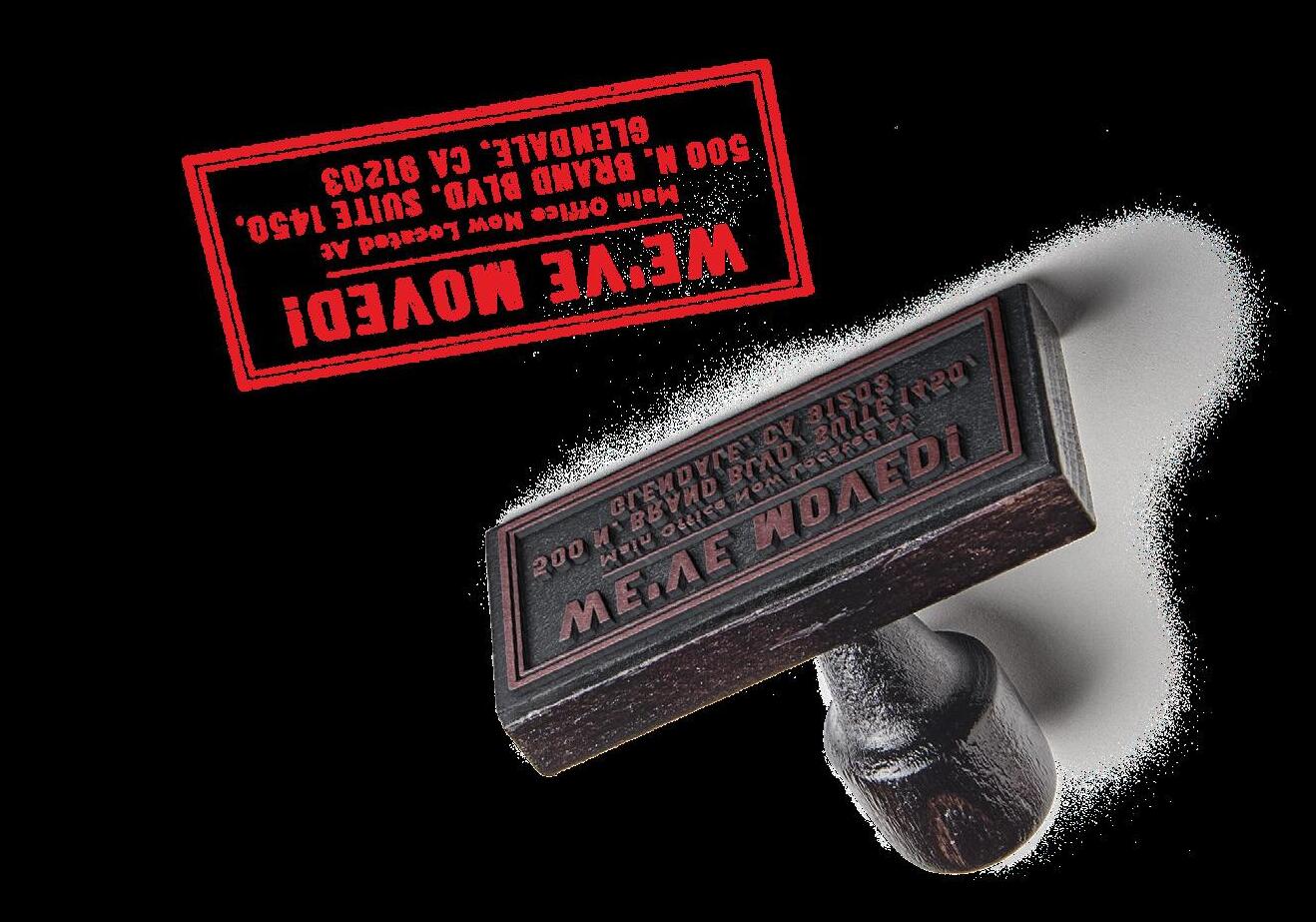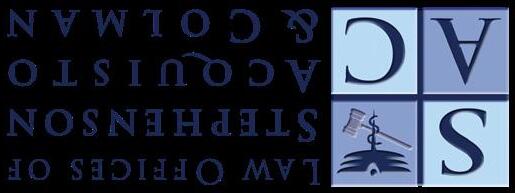




Despite a concerted effort by the healthcare community, preventable medication errors continue to put both patients and providers alike at risk. These errors are not limited to just prescription medications, but also include OTC medications and supplements.
Exacerbating this potential for medication errors is the sheer quantity of prescription, over-thecounter medications, supplements, herbs, and other health products in the market. According to the NIH, these errors are not limited to one type of provider or one level of care. They include pre-
scribing, initial pharmacy dispensation, inpatient and ambulatory care, and SNFs.
To give an example of how the challenge of further reducing medication errors persists, consider that the U.S. Food and Drug Administration (FDA) receives upward of 100,000 reports every year about medication errors and that more than 40 percent of Americans report having been involved with a medication error either personally or secondhand. The adverse drug events (ADEs) caused by these errors account for more than 3.5 million physician office visits and 1 million ED visits each year. These data translate into more
than 7 million patients impacted by medication errors and more than $20 billion annually across all provider settings.
Medication errors greatly impact patient overall health and quality of life.
These include dangerous side effects, avoidable hospitalizations and even death. It is estimated that over 7,000 people die each year due to medication errors. Another 1.3 million people are injured every year because of these errors.
And while many people may think that providers and their staff are the cause of these medication errors, it’s important to recognize that patients and caregivers may also be the cause. In their case, the error may be the result of not taking or giving a medication at the correct dose, at the right time or in the correct manner, and/or medication allergies. They also may not fill or refill the prescriptions as indicated, nor report side effects to their provider, or simply just stop taking the medication for a variety of reasons. All put their health – and their providers – at risk.
The widespread implementation of electronic health records held – and still holds – the poten-
As I wrote in this space about medication errors and readmissions, almost half of all patients have a clinically significant medication error within a month after discharge. These types of errors along with general prescription noncompliance and ADEs create a perfect storm for readmission risk to where more than 10 percent of 30-day hospital readmissions can be attributed to adverse drug events (ADEs), the bulk of which are preventable.
Medication errors occur at various stages of the patient journey. For example, one study found that some half of patients admitted to a general medicine ward had at least one unintended medication discrepancy. In the ED, more than half

tial to address many preventable medication errors both by increasing accuracy in the provider setting as well as facilitating medication reconciliation. The latter, of course, is designed to ensure the most complete and accurate possible patient medication information and history as the patient transitions from one type of care to another.
Unfortunately, most patients have multiple electronic records for their visits to different providers and are taking multiple medications. Instead of making it easier to track patient medications from admission to discharge, having a variety of records (and often in different or incompatible formats) can make medication reconciliation more complicated. This is caused by variations in how providers gather a medication history and the multiple players, including patients themselves, involved in compiling it. Each introduces its own potential for error. Without an effective and accurate medication reconciliation, what patients are taking (or not taking) often does not match with a provider may have on their medication list. This, of course, is a medication error waiting to happen.
of patients had at least one unintended discrepancy between their admission orders and what they were taking at home. In general, around 40 percent of medication errors are believed to happen because of errors in reconciliation when a patient is handed off from one type of care to another. And, understandably, older patients run a higher risk of being impacted by a medication error given the number of different medications they take.
Providers are also negatively impacted by medication errors. Caring for patients who have experienced medication errors costs over $40 billion a year. These types of errors also, understandably, lead to decreased patient satisfaction as well as a general mistrust of healthcare overall. In extreme cases, these errors can result in malpractice lawsuits, criminal charges, and medical board sanctions.
While it would be impossible to eliminate all medication errors, and great progress has been made to reduce their frequency, there are things that providers can do to help further reduce them.
These include:
Taking extra care with ensuring the accuracy of medication reconciliations at every step of the patient journey and especially at intake and discharge
Reviewing patient education protocols to ensure the highest possible level of health literacy before discharge to increase the probability of compliance and to reduce boomerang readmissions due to medication errors
Consider using an integrated, multipart paper form to be given to patients that includes the initial medication reconciliation of what medications they were taking upon admission, medication changes that occurred during their stay, and what medication instructions they need to follow post discharge
Include proactive post-discharge follow-up with patients on their medication regimens to help ensure compliance and reduce the risk of at-home medication errors
Create and utilize multi-disciplinary teams to collaborate on medication reconciliations to reduce the risk of omissions, duplications, and input errors
Review electronic health record algorithms to ensure they can identify and report on potential medication interactions, prescribing inconsistencies, and recommended dosage/ frequency changes
With a continued effort on the part of providers, physicians and the healthcare community, the number of medication errors – and the corresponding risks – can continue to be reduced.

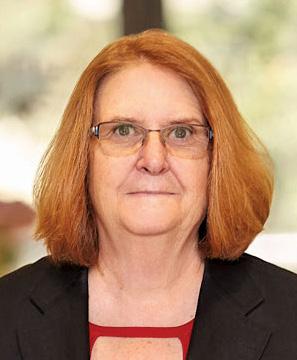
What is your area of expertise within SAC?
Since joining the firm in 1998, my expertise has been rooted in the realm of commercial and government plans in California. My primary role involves the careful examination and clarification of case issues at the outset, laying the groundwork for our approach to litigation.
What one piece of sage advice can you offer to our clients that can help them in the future?
The best piece of advice I can offer is to stay current with communications from CMS, DMHC, and DHCS. It’s quite like keeping a garden — you’ve got to stay on top of it because the rules and directions of handling, much like seasons, tend to change.
Do you have any hobbies or interests outside of work?
I’ve really enjoyed enriching my time away from work by going back to educational programs in This quarter’s Spotlight is on Managing Attorney, Barbara Skier.

the arts. I’ve taken up the craft of making stained glass, the delicate work of ceramics, and the joy of painting with a range of mediums from watercolor to acrylic and oil. It’s a delightful contrast to my legal profession, and it underscores my belief that finding a passion outside of work is essential for everyone.
Can you talk about a recent success story of yours? What was the challenge and how were you able to overcome it?
I attribute my successes to the fantastic team we’ve built. Their eagerness to learn and tackle the processes head-on makes them strong advocates for our clients. We work together like a well-oiled machine, and that’s something you can’t find just anywhere.
Do you have any charitable causes that interest you and events you have participated in recently?
Yes, I am involved in Cancer and Cancer research, which is profoundly personal. Having lost my husband, mother, and father to cancer all within the same year, I’ve dedicated myself to this cause. Participating in events and supporting research is not just a commitment but a heartfelt tribute to my loved ones.
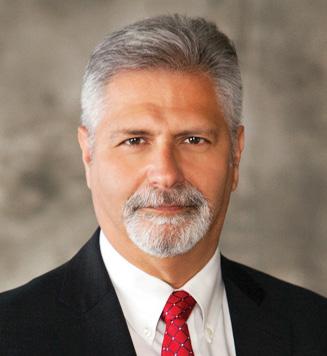

Do you have family and/or pets you’d like to tell us about?
My family is my world. My daughter is out there making a difference as a probation officer, and my son’s taken the social media realm by storm and has even written a book, ‘Make it Fancy.’ My granddaughters, aged 7, 5, and 3, keep life exciting, and there’s my son-in-law, who’s very much a part of our family fun.
Do you have any guilty pleasure television shows, movies or other activities to tell us about?
I have a Kindle which is used quite often. I am interested in mystery stories and mostly the “who done it” type of cases. I attempt to figure it out while reading the story.
What are your favorite foods?
Colors? Other favorites?
Being the resident critic of my son’s culinary adventures is a role I cherish — though he might say I enjoy it a tad too much, I really love the taste testing. But honestly, what’s better than family, laughter, and good food?
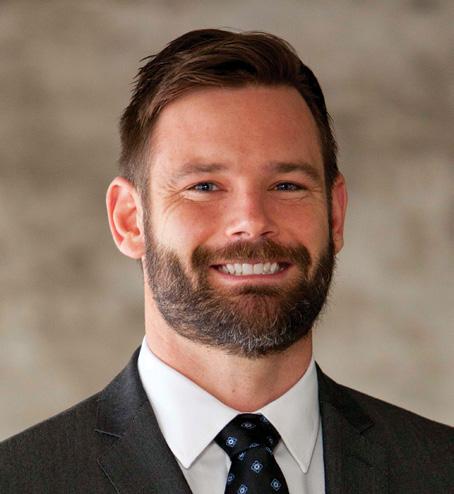
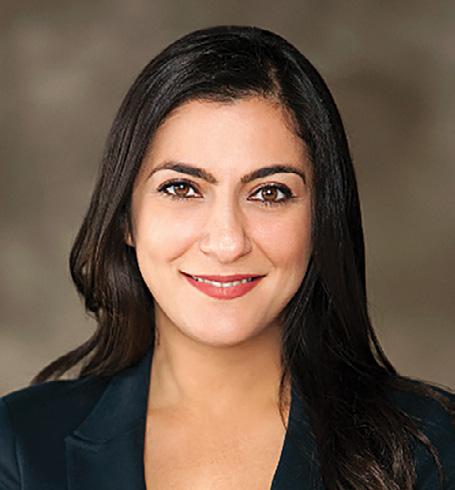
Joy Stephenson-Laws, Richard Lovich, Karlene Rogers-Aberman, Chris Hapak and Shadi Shayan have been selected to the 2024 California Super Lawyers list. Each year, no more than five percent of the lawyers in the state are selected by the research team at Super Lawyers to receive this honor. Super Lawyers, part of Thomson Reuters, is a rating service of outstanding lawyers from more than 70 practice areas who have attained a high degree of peer recognition and professional achievement. The annual selections are made using a patented multiphase process that includes a statewide survey of lawyers, an independent research evaluation of candidates and peer reviews by practice area. The result is a credible, comprehensive and diverse listing of exceptional attorneys. The Super Lawyers lists are published nationwide in Super Lawyers magazines and in leading city and regional magazines and newspapers across the country. Super Lawyers magazines also feature editorial profiles of attorneys who embody excellence in the practice of law.
May 17, 2024,
Rancho Bernardo Inn, San Diego, CA
SAC will be in attendance at the 8th Annual Women’s Event. The premier event for the San Diego-Imperial Chapter returns to the Rancho Bernardo Inn. Join us for a fun filled, educational experience and networking. The conference will present a diverse group of speakers supporting the professional development and wellness of our community.
May 28 - 31, 2024, South Carolina HFMA 2024 Annual Conference
Hilton Myrtle Beach Resort, Myrtle Beach, SC
Attend the South Carolina HFMA 2024 Annual Conference with Board Director and SAC Partner Chuck Acquisto. Dive into a mix of professional development and relaxation, perfect for networking and learning. An enriching experience awaits in a casual, engaging atmosphere. Connect with peers and gain insights.
For more information visit: www.hfma.org/chapters/region-5/south-carolina-chapter
All articles are written by the SAC Litigation team. The SAC Litigation team includes attorneys, nurses and physicians with extensive experience in all areas of law related to healthcare matters. Additionally, SAC partners hold legal advisory positions with healthcare organizations and sit on the boards of numerous healthcare-related organizations, and monitor all outgoing SAC client marketing materials and related content.
More information visit: https://hfmasandiego.org Southern California
We would love to hear from you! If you have questions, comments or feedback, please email us at SACReview@sacfirm.com.
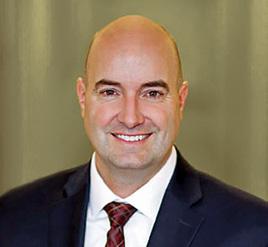
DISCLAIMER: This newsletter is for general educational and informational purposes only. You should not act upon this information without seeking your own independent professional advice.
500
Brand Blvd.
1450 Glendale, CA 91203 (818) 559-4477 – Main (818) 559-5484 – Fax

